 Autodesk has issued a support document outlining which of its products do not work with the just-released OS X Mountain Lion:
Autodesk has issued a support document outlining which of its products do not work with the just-released OS X Mountain Lion:
The following products are currently NOT supported on the Mac OS X 10.8 (Mountain Lion) operating system:
- AutoCAD 2013 for Mac
- AutoCAD 2012 for Mac
- AutoCAD LT 2013 for Mac
- AutoCAD LT 2012 for MacIf any of these products are installed on Mountain Lion, undesirable side effects can occur, including issues with Installer re-start, resetting applications, cursor missing when printing to PDF, and more. Our engineers are working round the clock to support Mountain Lion for these products, however no support is currently available.
Until such time as a service pack is available, we highly recommend NOT installing Mac OS X 10.8 (Mountain Lion) on any machines where AutoCAD 2013 for Mac, AutoCAD 2012 for Mac, AutoCAD LT 2013 for Mac, or AutoCAD LT 2012 for Mac is required.
Autodesk also says that a Beta program adding support for Mountain Lion to AutoCAD 2012 and 2013 will be coming shortly, though doesn't include any specifics about a timeline.
As always, it is recommended that those using their computers in a professional, production environment should hold off on any upgrades to either software or operating systems until the makers of all the products they use confirm that everything works as it should.


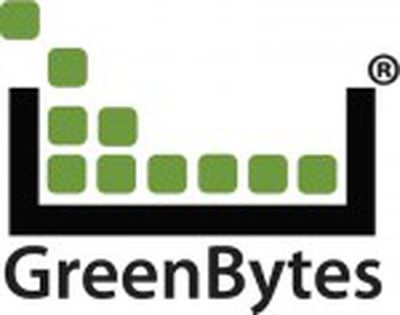 Earlier this week, we
Earlier this week, we 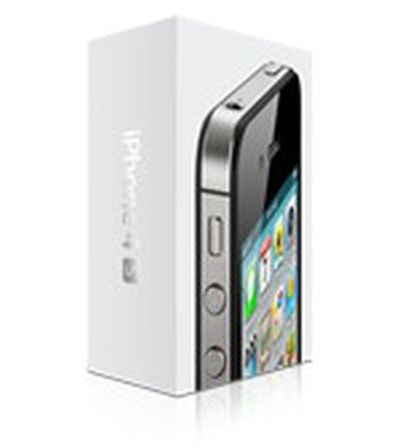 Chinese news agency Xinhua
Chinese news agency Xinhua 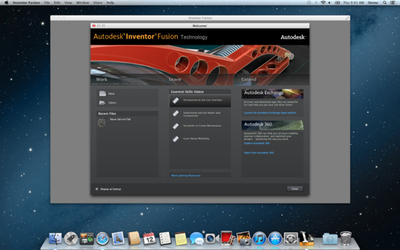

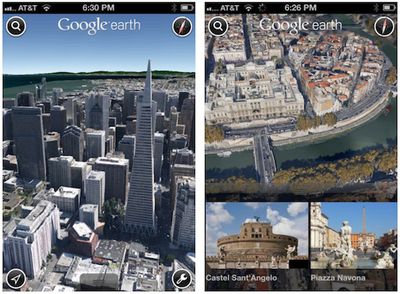
 Time yesterday released a list of the
Time yesterday released a list of the 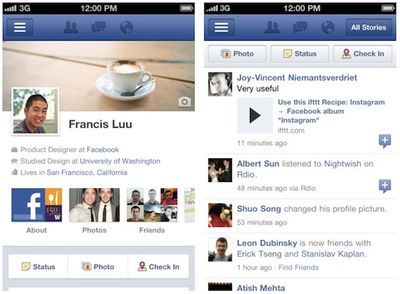

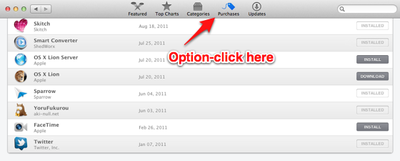
 Adobe and Avid have reported only minor issues with their applications on Mountain Lion, in a pair of posts on their respective websites.
Adobe and Avid have reported only minor issues with their applications on Mountain Lion, in a pair of posts on their respective websites.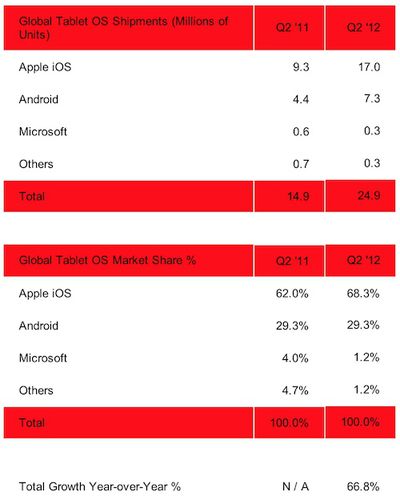
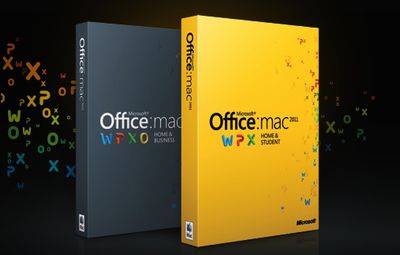
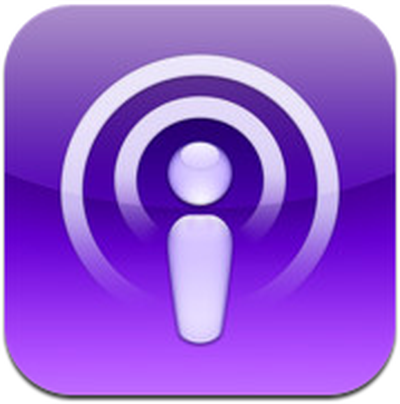 After Apple's Podcasts app was
After Apple's Podcasts app was 











